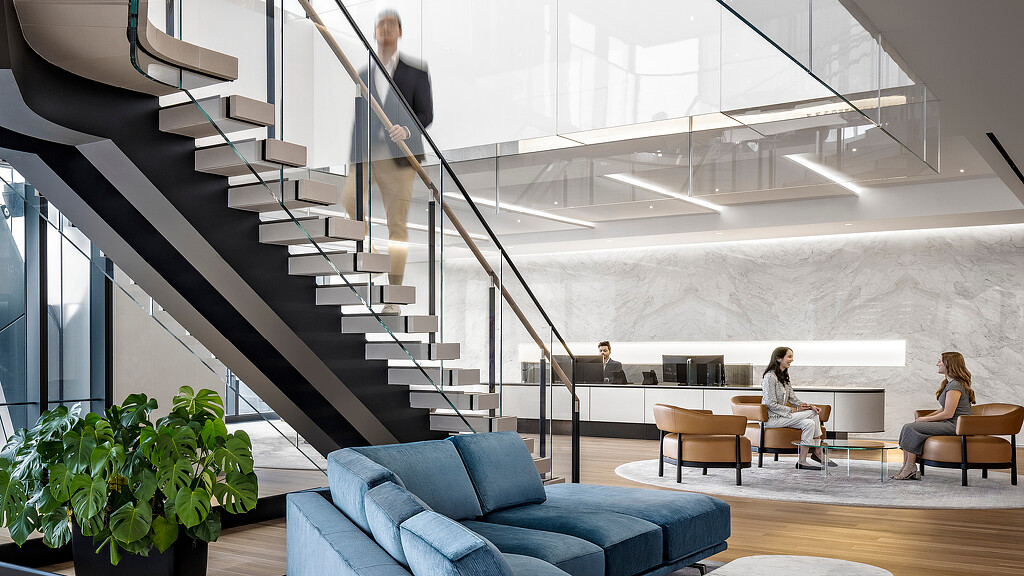Research Project Name
U.S. Legal Workplace Survey 2025
What We Did
Since 2006, Gensler has studied how U.S. lawyers allocate their office time across five work modes: working alone, working with others in-person, working with others virtually, learning (professional development and coaching), and socializing.
Our data reveals a notable shift since the pandemic in 2020. While working alone remains the dominant work mode for legal professionals, the time spent in this mode has decreased.
Conversely, time spent learning and socializing during a typical workweek has increased, in some cases more than doubling—a trend that’s repeated across three years of data.
This shift is consistent across all roles, from junior associates to partners, reflecting an evolving legal workplace that is increasingly focused on collaboration, connection, and professional growth.
Learn More
Team
Timothy Bromiley, Kristin Flynn
Year Completed
2025
Comments or ideas for further questions we should investigate?
